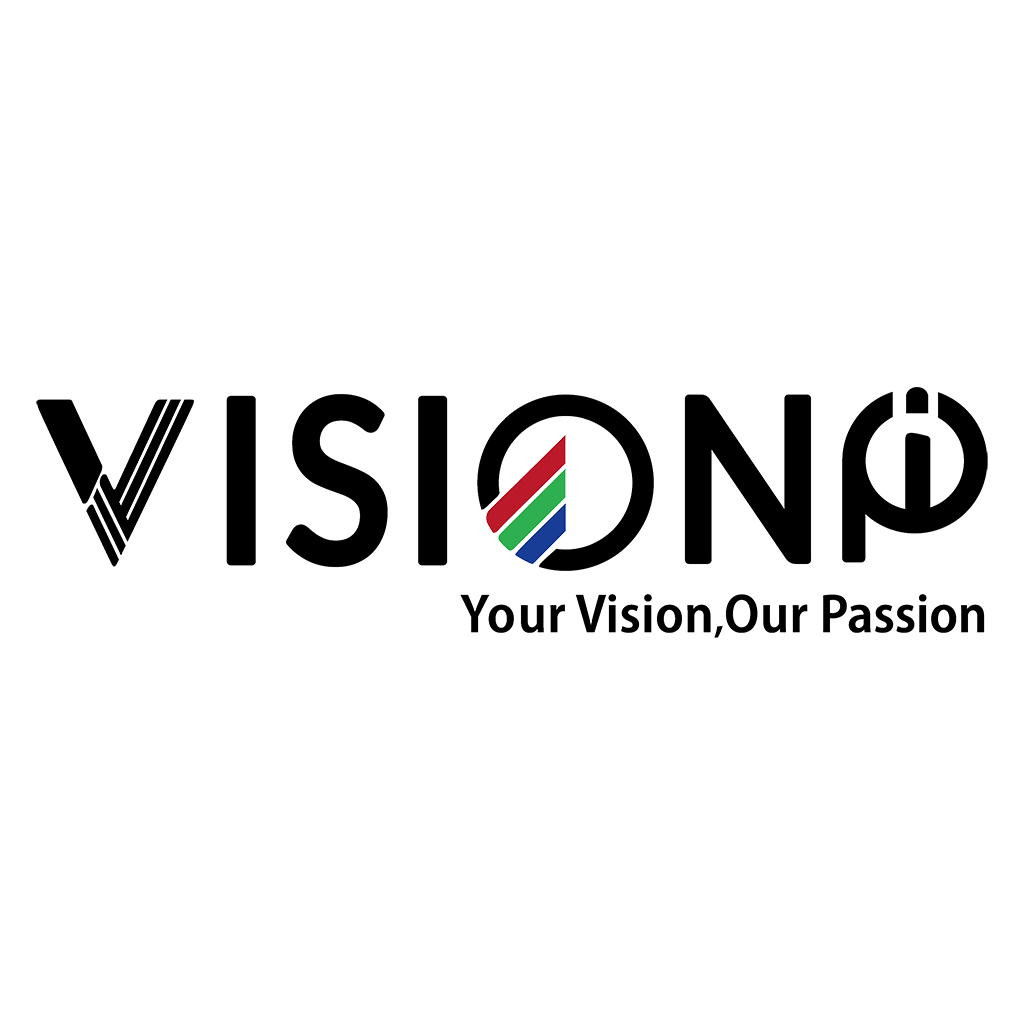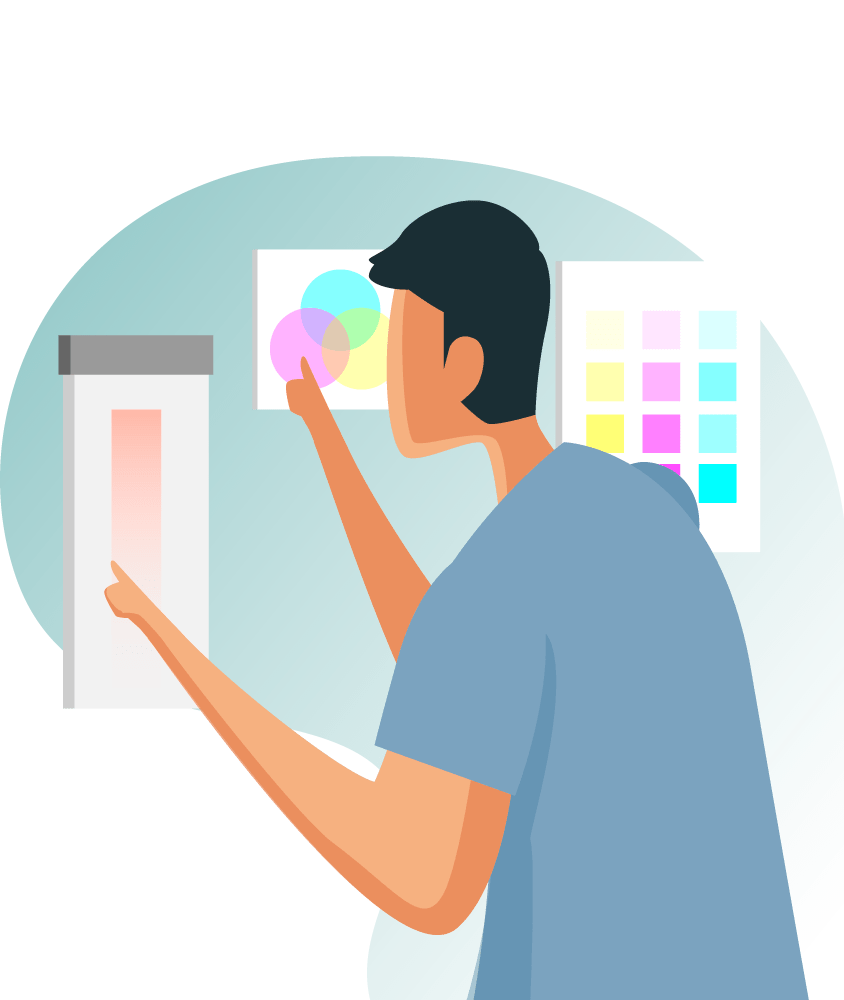Why Curved LED Screens Outperform Flat Displays
The future of visual technology bends—literally. Curved LED displays are redefining spatial design with immersive, distortion-free visuals. Here’s why global brands like Nike and Apple are adopting them:
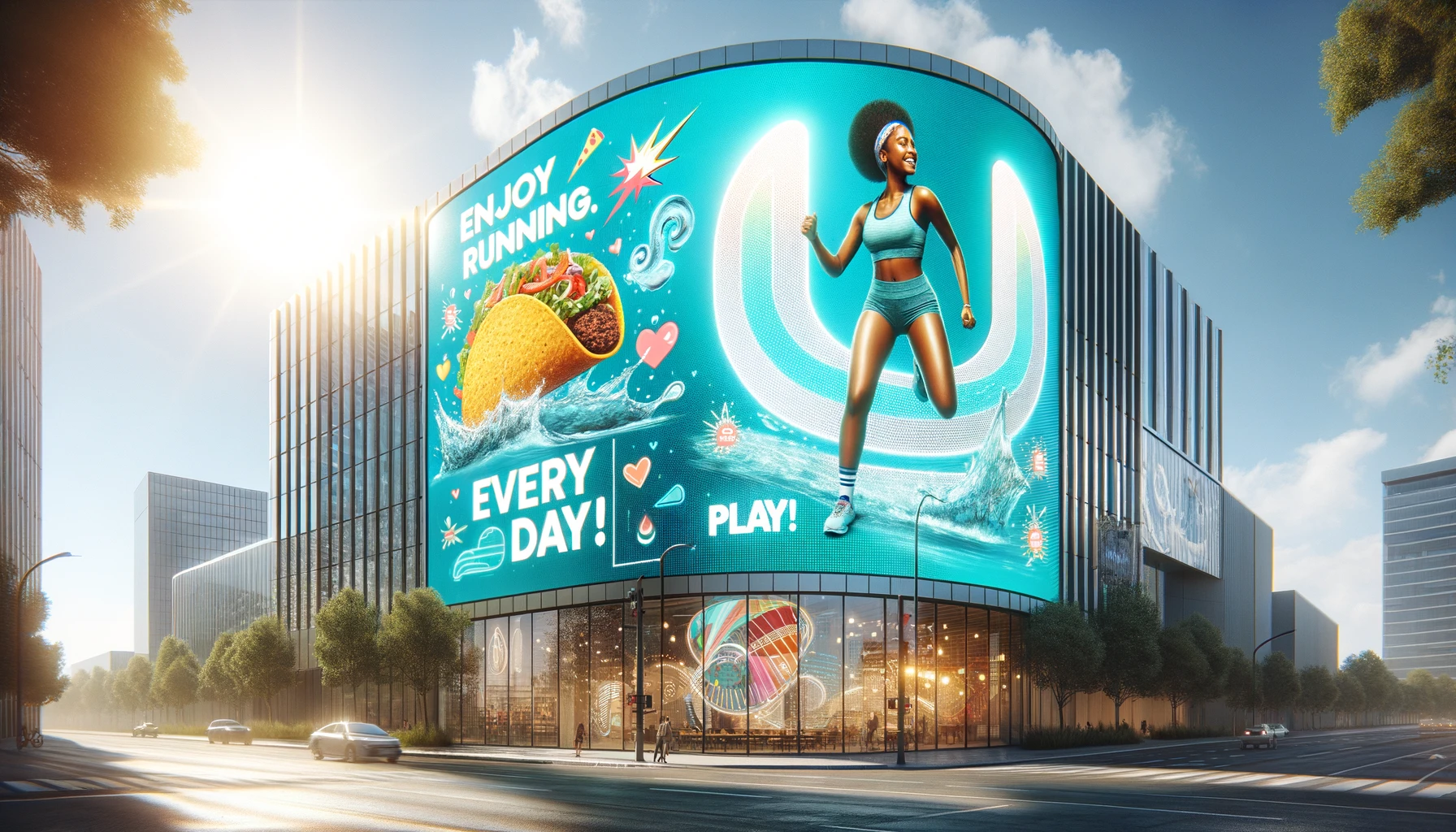
Immersive Visual Experience
Unlike flat screens that distort edges for off-center viewers, curved LED panels mimic the human eye’s natural field of view.
Zero Distortion
Perfect for ultra-wide aspect ratios (e.g., 21:9 cinema content).
180° Viewing Angles: Tested ΔE<1.5 color consistency across curved surfaces.
Ideal for: Planetariums, luxury retail stores, and concert stages.
Space-Saving Design
Slash installation costs by 30% with curved displays that conform to unconventional surfaces:
Fit Any Shape
Columns, domes, undulating walls. No Dead Zones: Eliminate wasted space in corner areas.
Case Study: Dubai Mall’s 360° ring-shaped LED (R8m radius) saved 25% space vs. traditional setups.
Brighter, Uniform Colors
HDR Optimization: Edge-to-center brightness variation <10%.
Anti-Glare Coatings: Maintain 8,000 nits visibility under direct sunlight (IP65-rated options).
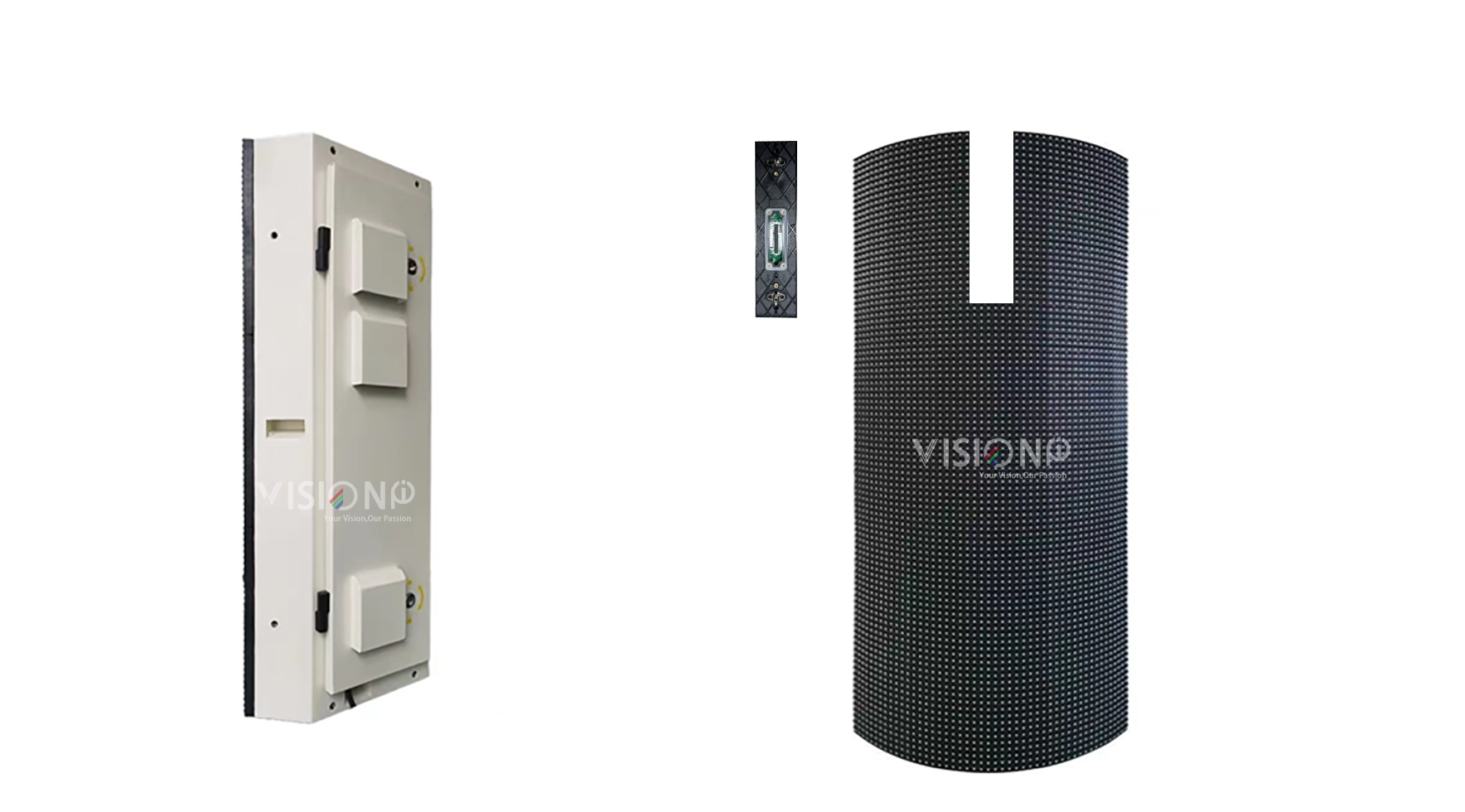
Why Can LED Curved Displays Bend? Simple as Building with LEGO!
Imagine you have rectangular building blocks (LED modules). If you line them up straight, they form a flat screen. But to create a circle, you’d need to tilt each block slightly and connect them at angles. This tilt makes the whole structure curve naturally.
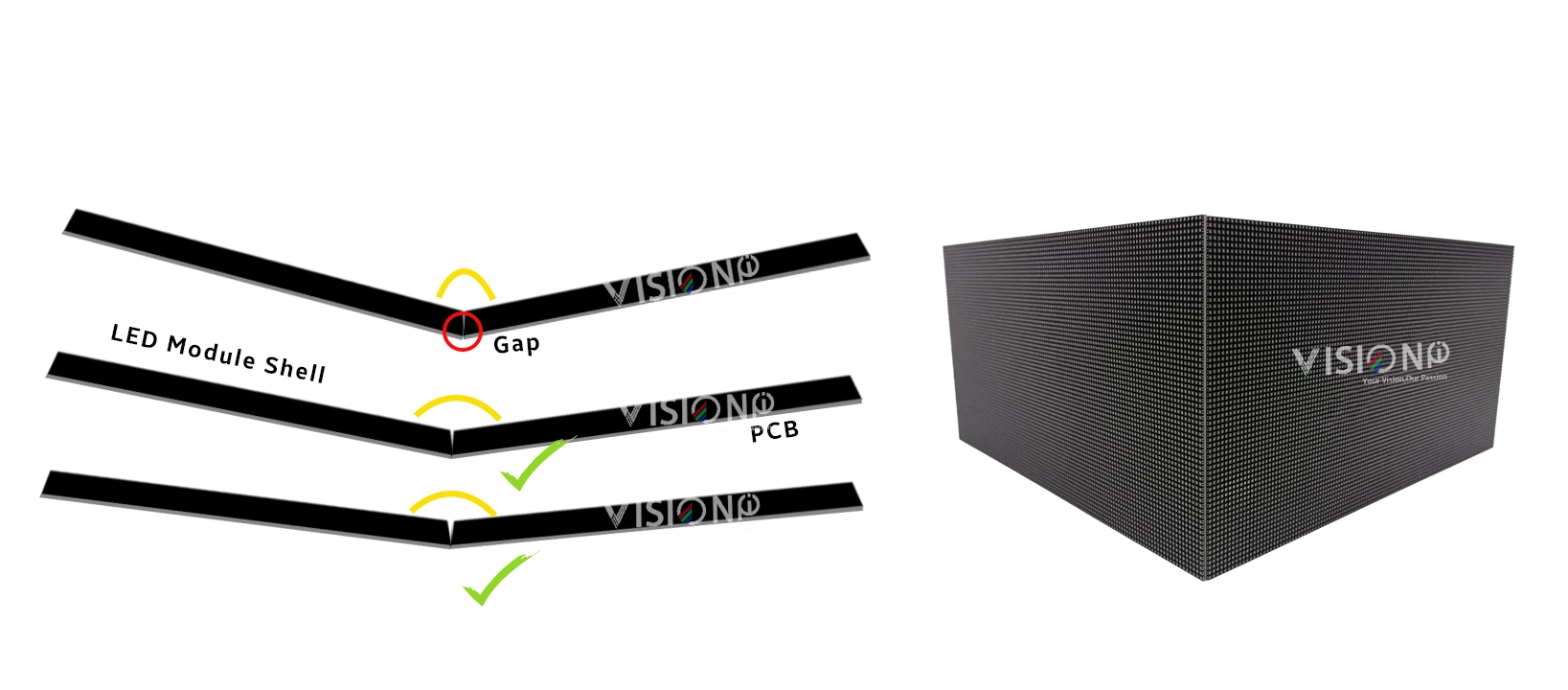
The Secret Behind the Curvature
- Block Width vs. Tilt Angle:
Wider blocks → Smaller tilt angles → Larger circle radius (e.g., stadium screens).
Narrower blocks → Larger tilt angles → Smaller circle radius (e.g., store column displays).
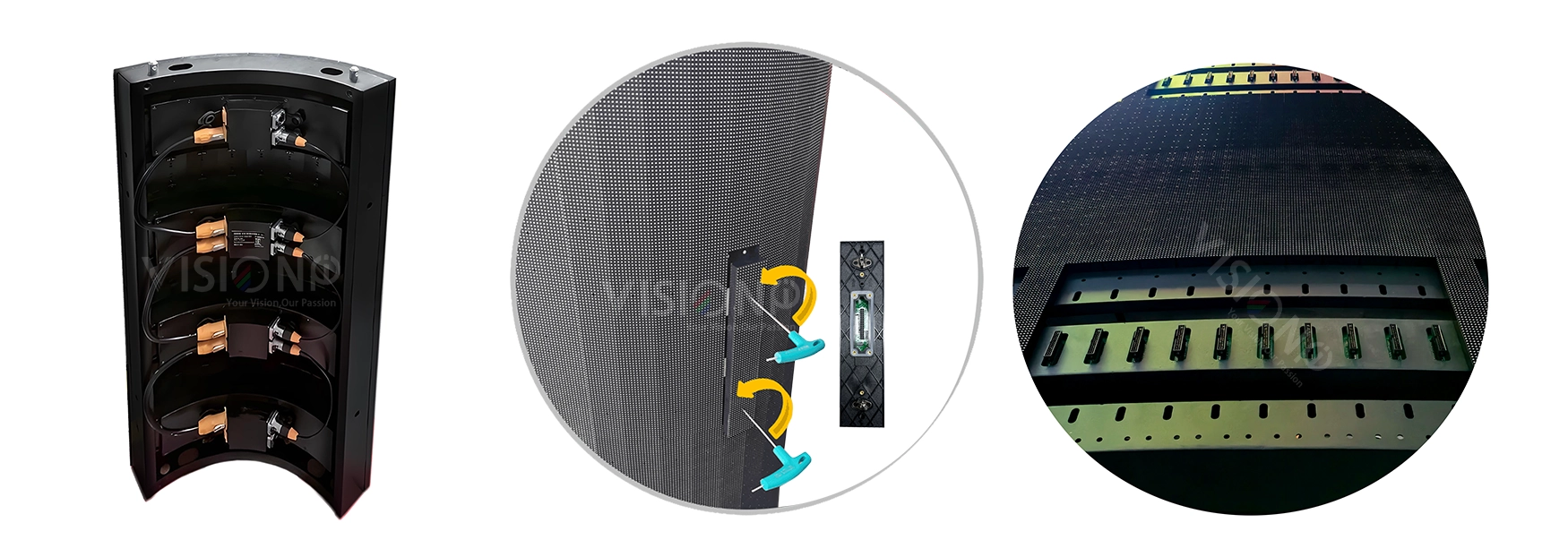
Outdoor Flexible LED Modules
- Block Width vs. Tilt Angle:
Wider blocks → Smaller tilt angles → Larger circle radius (e.g., stadium screens).
Narrower blocks → Larger tilt angles → Smaller circle radius (e.g., store column displays).
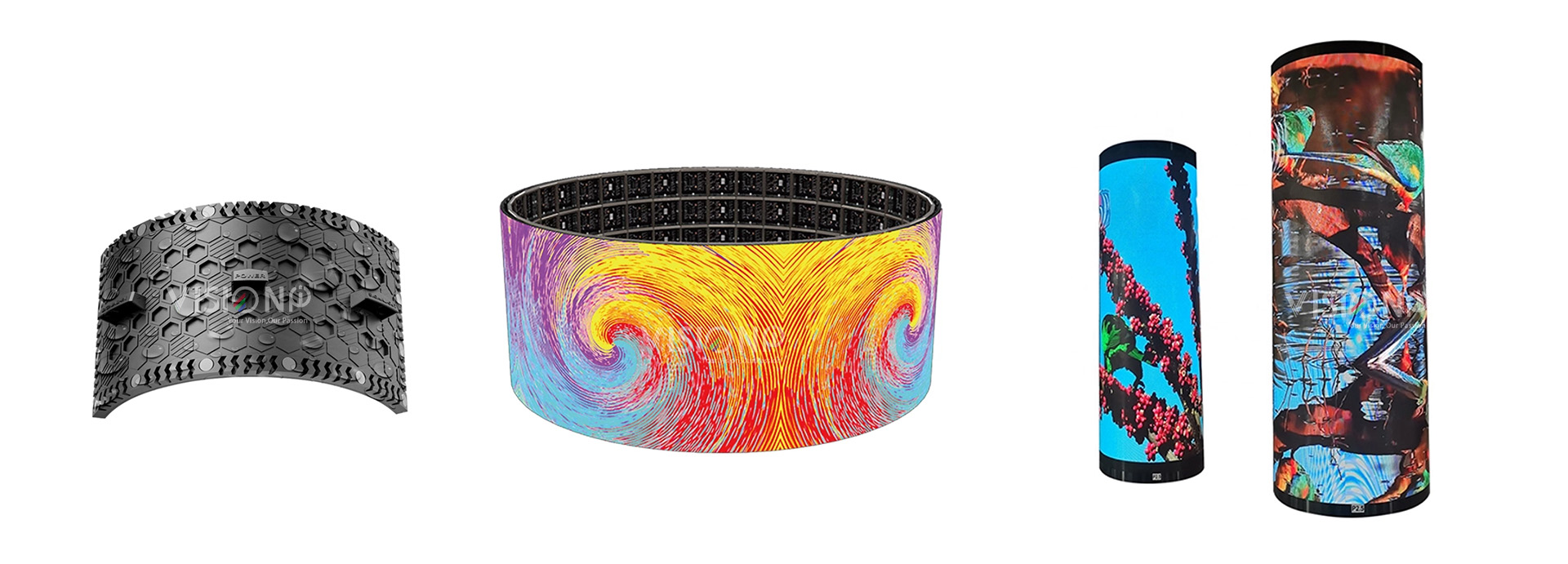
How to Weatherproof Outdoor Curved LED Screens? Think of It Like Building a Giant Umbrella
Imagine creating a massive curved “umbrella” (your screen). Here’s how to keep it dry and stable in storms:
1. Waterproof Design ?️
Rubber Seals at Joints:
Just like overlapping panels in umbrella fabric, use silicone gaskets between LED cabinet seams to block rainwater.
→ Pro Tip: Match the Shore hardness of gaskets to temperature ranges (e.g., 70A for -30°C to 60°C regions).
Seal Screw Holes:
Fit all fastener holes with EPDM rubber washers – no water sneaks in through “nail gaps”.
2. Typhoon-Proof Engineering ?️
Strong Skeleton:
Use thickened steel frames (Q355B grade, ≥6mm thickness) as the backbone – stops the screen from becoming a giant kite!
Rock-Solid Anchoring:
Secure the base with M16 expansion bolts drilled into concrete foundations. It’s like weighing down a tent with sandbags, but 10x sturdier.
